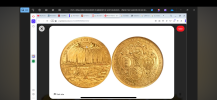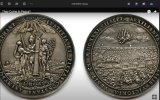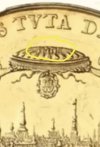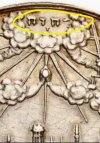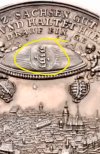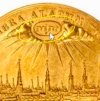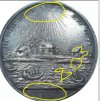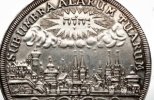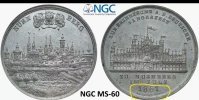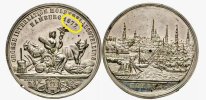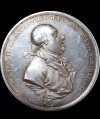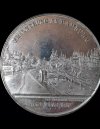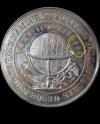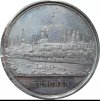A few observations:
1. They have the name of the Creator on these coins, and they seem to originate from Europe. Some of the coins use passages from Scripture. For example, “under the shadow of his wings (psalm 91).
2. The dates on these coins are questionable. They don’t use the number “1” in the beginning. But instead they use the letter “i”. So for example, i587.
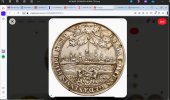
He made Gedansk a Royal City:

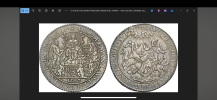
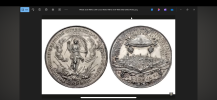
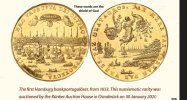
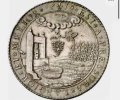
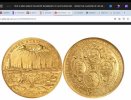
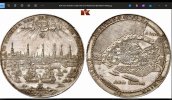
Today many Christians in Europe/America wouldn’t even recognize the Creator’s name, because it has been replaced by “LORD.” Our coins today don’t have Scripture or the name of the Creator.
1. They have the name of the Creator on these coins, and they seem to originate from Europe. Some of the coins use passages from Scripture. For example, “under the shadow of his wings (psalm 91).
2. The dates on these coins are questionable. They don’t use the number “1” in the beginning. But instead they use the letter “i”. So for example, i587.

He made Gedansk a Royal City:







Today many Christians in Europe/America wouldn’t even recognize the Creator’s name, because it has been replaced by “LORD.” Our coins today don’t have Scripture or the name of the Creator.
Attachments
Last edited:

